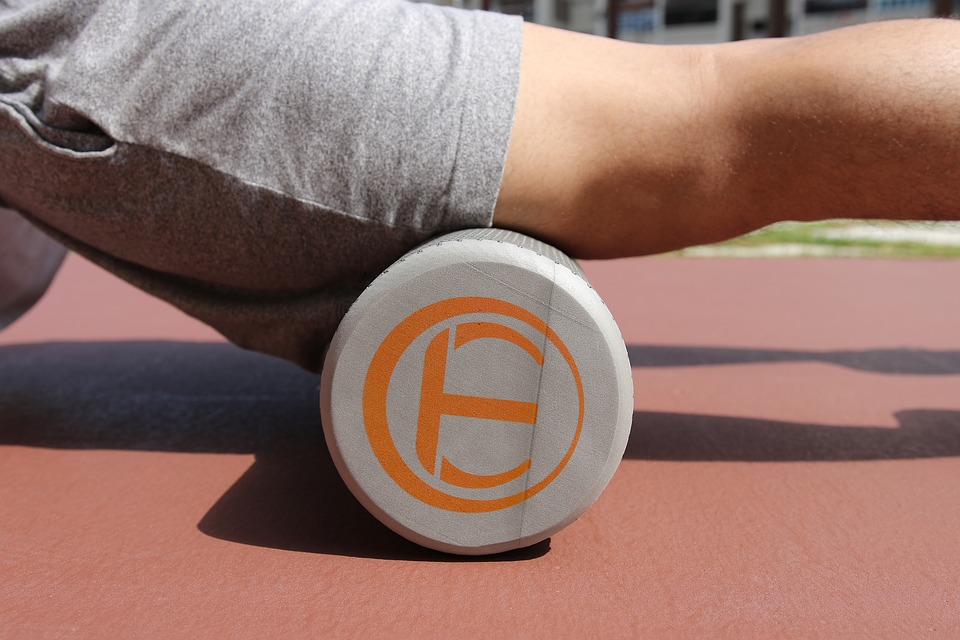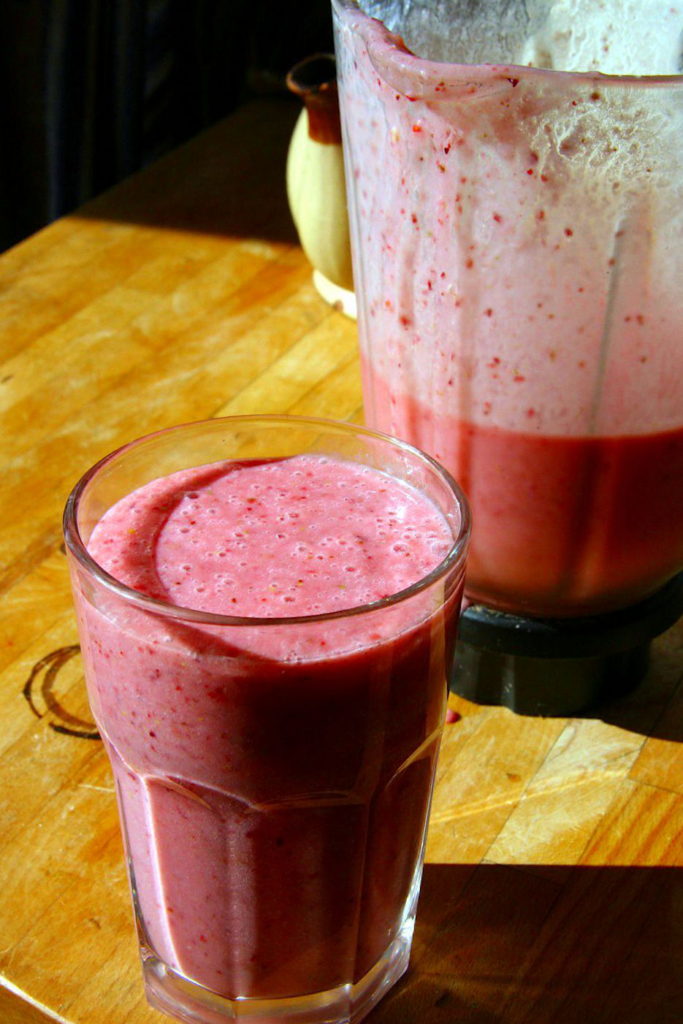
There are numerous foam rolling techniques and uses that make the foam roller a great option for fighting against muscle fatigue and soreness. Learn more here!
Whether you’re an Olympic athlete or re-entering the world of exercise, making time to help your body recover from a workout session should be an important part of your routine. Drinking enough water, stretching, and getting plenty of rest are all ways you can achieve optimum workout performance.
But that’s not the only way you can reach your fitness goals. Using a simple therapy tool like the foam roller before and after you work out can help you improve your physical fitness and avoid injury.
If you’re ready to take your fitness level up a notch, we’ve got five foam rolling techniques for you to explore below. Get ready for an invigorating experience!
What Is a Foam Roller?
A foam roller is an affordable and simple exercise therapy tool to help the body warm up before exercise and cool down afterward. Similar to the health benefits of yoga, a foam roller offers many benefits.
By applying gentle pressure to different parts of the body, blood flow increases, and muscle knots are loosened up. In turn, recovery time is greatly improved.
This low-key form of physical therapy has a whole host of benefits ready to be taken advantage of. Take a look at the five foam rolling techniques below to get a head start on the healing process. Just make sure to consult with your doctor before starting any type of new exercise program.
How Does a Foam Roller Work?
Fascia is a banded layer of tissue throughout your body that connects to your muscles and organs and helps provide support. Because it contracts, fascia can become strained over time, resulting in painful knots, tears, and tightness. If not treated properly, limited mobility can develop over time.
Myofascial therapy was created to help relieve pain in pressure point areas that cannot be treated with regular physical therapy. So in a way, foam rollers help provide a deep tissue massage.
A foam roller is designed to release pressure that builds up in the soft tissue of your body. Over time, this tissue becomes tighter and if not properly stretched, can lead to sports injuries and other physical ailments like
Who Benefits from Using a Foam Roller?
An International Journal of Sports Physical Therapy study revealed using a foam roller is an effective exercise rehabilitation tool.
Not only are foam rollers proven to help prevent sore muscles and alleviate joint pain, but they can increase the body’s ability to quickly bounce back from a workout.
Advantages of Using a Foam Roller
It’s no secret to fitness trainers and physical therapists that a foam roller is one of the most valuable tools to have. Not only does using one help loosen up your muscles before and after a workout, but it also:
- Increases range of motion
- Improves circulation
- Strengthens the core
- Relieves sore and achy muscles
- Cost-effective home fitnesstreatment
- Faster recovery time
When used correctly, a foam roller can help decrease the risk of any potential injuries such as muscle tears and sprains.
How to Select the Best Roller for Your Needs
There are many types of foam rollers to choose from and each serves a different purpose.
If you’re new to foam rolling techniques and aren’t sure where to start, then take a look at the options below and choose one to fit your needs.
Texture and Density
Texture is an important feature of foam rollers and the type you choose helps pinpoint your body’s needs. Density is also an important feature to consider.
A white foam roller is best for beginners with its low-density. Medium-density foam rollers like BodyRip come in a range of colors like blue, green, or yellow, and provide more moderate support.
Black foam rollers are highest in density and very firm. They are recommended for more advanced deep tissue massage therapy treatments.
Smooth Texture
Select a foam roller with a smooth texture as a multi-use rehabilitation tool. These are great for beginners who need some low-key relief after a workout.
Wavy Texture
A foam roller with wavy texture can provide more thorough muscle therapy. It can help loosen tight muscles and increase circulation.
Bumpy or Knobby Texture
Don’t let the bumpy texture intimidate you because the end result is worth it. Using a bumpy or knobby texture foam roller gets deep into muscle tissue and alleviates pressure buildup in muscle knots.
Size
Foam rollers come in a variety of shapes and sizes, from a four-inch travel-size to a modified half-circle to three-feet in length.
Depending on your age and range of motion, it is recommended to consult with a professional to select the right size for your needs.
Foam Roller Precautions
If you have any prior injuries, like a strain, sprain, or slipped disc, use caution when trying foam rollers. Heart patients and persons with circulatory problems should also consult with a medical professional before trying the five foam rolling techniques below.
Once you get the green light, choose the best technique based on your needs.
Five Common Foam Rolling Techniques to Try
You can foam roll nearly any part of your body, but these are the most common areas.
1. Calves
Sit on the floor with one leg underneath you for support. Extend the other leg out on top of the foam roller. With both hands at your side, raise your hips off the ground and roll the foam roller underneath your calf all the way to your ankle. Switch legs and repeat.
2. Upper Back
Prop foam roller underneath upper back and lie down on it. Crossing your arms, lift your hips up towards ceiling and alternate weight bearing on each side. Repeat.
3. Lower Back
While sitting on the ground with your hands behind you, lean back onto the foam roller. In a back-and-forth position, move across the right side of your lower back while avoiding the spine. Switch sides and repeat.
4. Hamstrings
Sit with your hands behind you and place the upper part of one of your legs on top of a foam roller. While lifting your hips off the ground, roll your leg over the top of the foam roller from your hip to the knee. Switch legs and repeat.
5. IT Band
Turn on your side with your arms to support you. Lay on the foam roller making sure it is placed underneath your hip. Cross one of your legs over the top of the other and slowly roll down and up the length of your leg and end at the knee. Switch legs and repeat.
Ready, Set, Exercise
Now that you’ve got the basics of foam rollers down, including five awesome foam rolling techniques, we hope you enjoy the benefits they provide.
Taking your health into your own hands is one of the most important investments you can make.
If you’re ready to learn about more ways to live your best life, we have plenty of money-saving health tips and life hacks to share. Visit our blog today!


